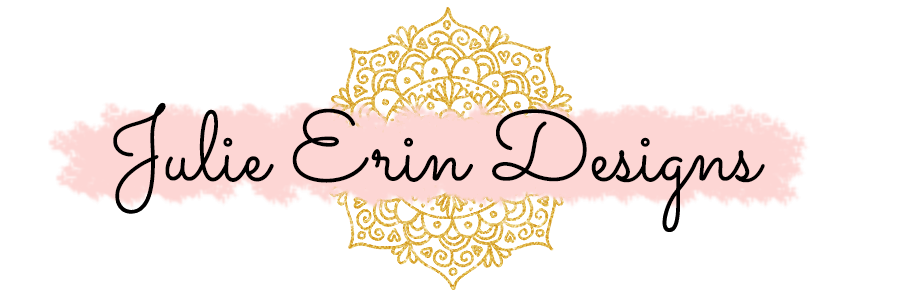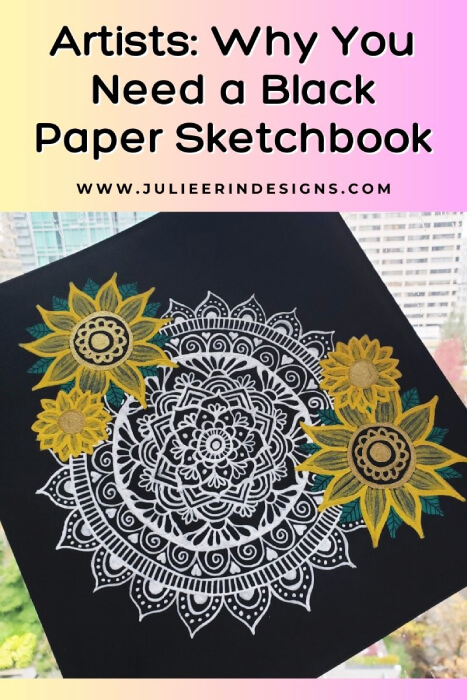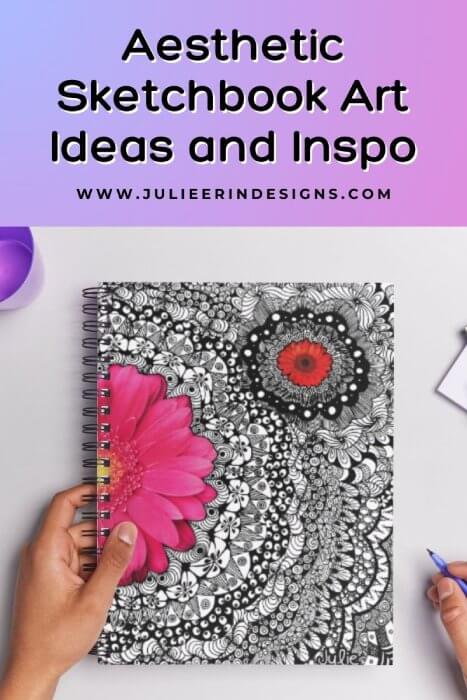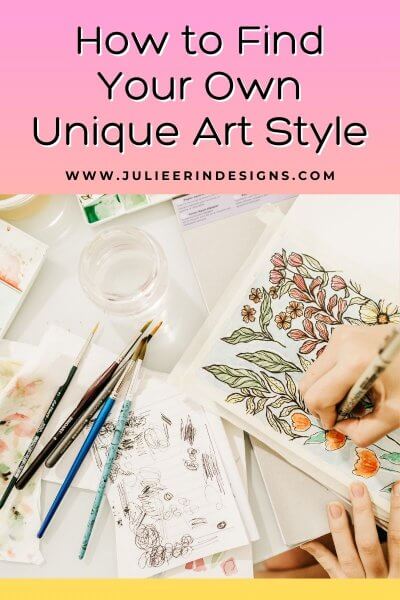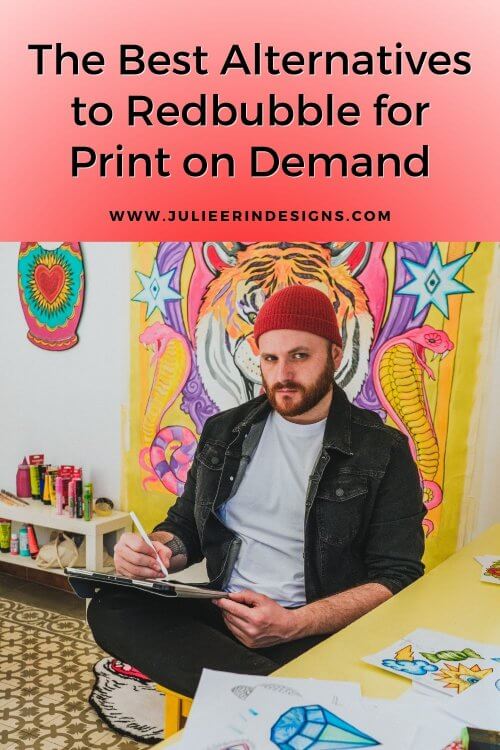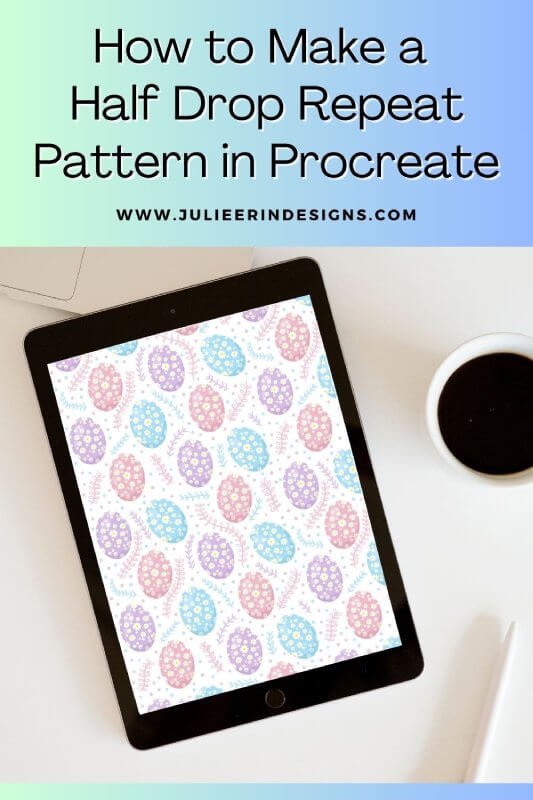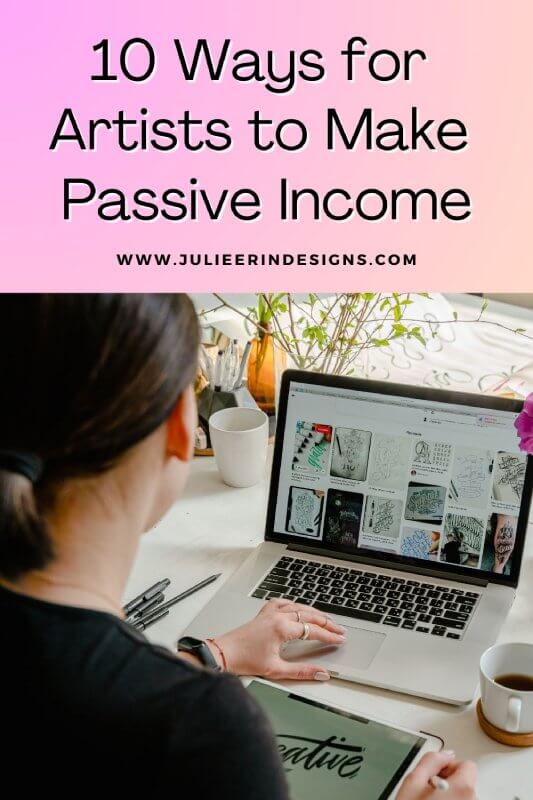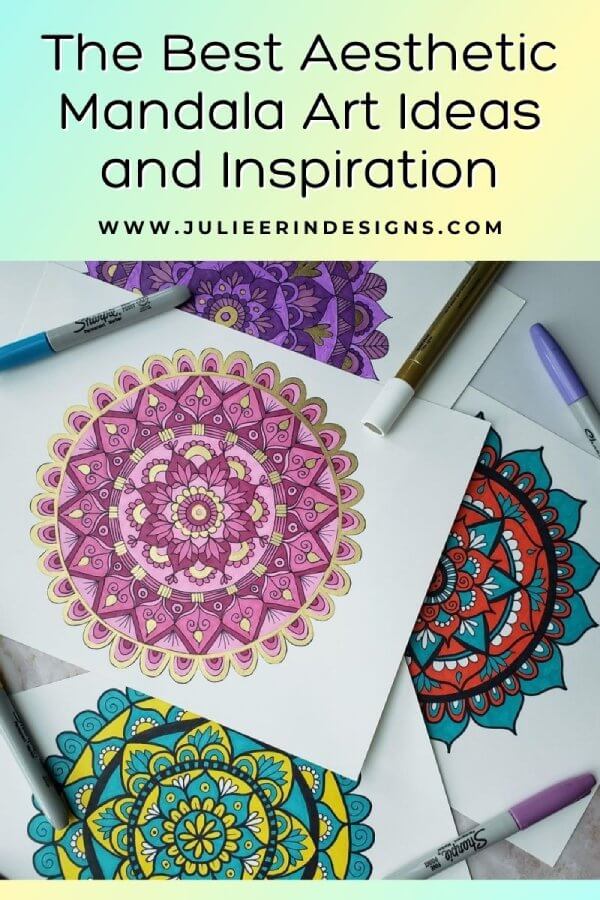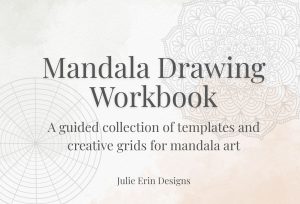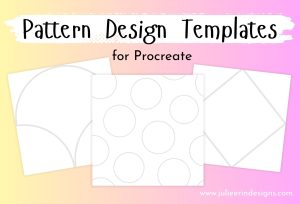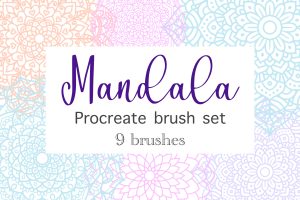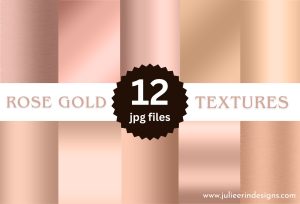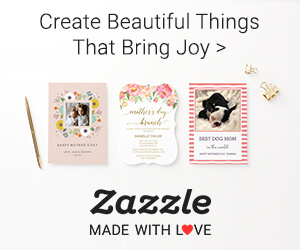In this post you’ll learn the basics of how to start an art blog along with tips, strategies, and content ideas for long term success.
drawing
Artists: Why You Need a Black Paper Sketchbook
In this post we’ll explore the benefits of using a black paper sketchbook, discuss different art techniques, mediums and example artwork.
Aesthetic Sketchbook Art Ideas and Inspiration
In this post, we’ll explore a variety of beautiful and imaginative sketchbook art ideas and inspiration to fuel your artistic journey.
How to Find Your Own Unique Art Style
In this post we discuss how to find your own unique art style by experimenting, drawing inspiration, and creating a large body of work.
The Best Alternatives to Redbubble for Print on Demand Artists
This blog post aims to share some lesser-known alternatives to Redbubble, to provide artists with new avenues to showcase their work.
How to Make a Half Drop Repeat Pattern in Procreate
In this step-by-step guide, we’ll explore how to design a half drop repeat pattern using the Procreate app for Apple iPad.
10 Ways for Artists to Make Passive Income
As an artist, there are many different ways to monetize your art. In this post I share 10 different ways for artists to make passive income.
The Best Photoshop Alternatives for Digital Artists
Explore some of the best Photoshop alternatives for digital artists, catering to various needs, budgets, and hardware.
The Best Aesthetic Mandala Art Ideas and Inspiration
Discover captivating and aesthetic mandala art ideas and inspiration. Explore unique designs and techniques for creating stunning mandalas.
How to Make Money as an Artist on Skillshare
In this post I’m sharing some tips on how to make money as an artist on Skillshare, based on my own experience as a Skillshare teacher.
I’m an digital artist, surface designer, and online educator from Vancouver, Canada.
I’ve sold thousands of physical and digital products worldwide through print on demand companies.
Through my online classes and blog, I teach other artists how to sell their own art online and turn their passions into a business they love.
